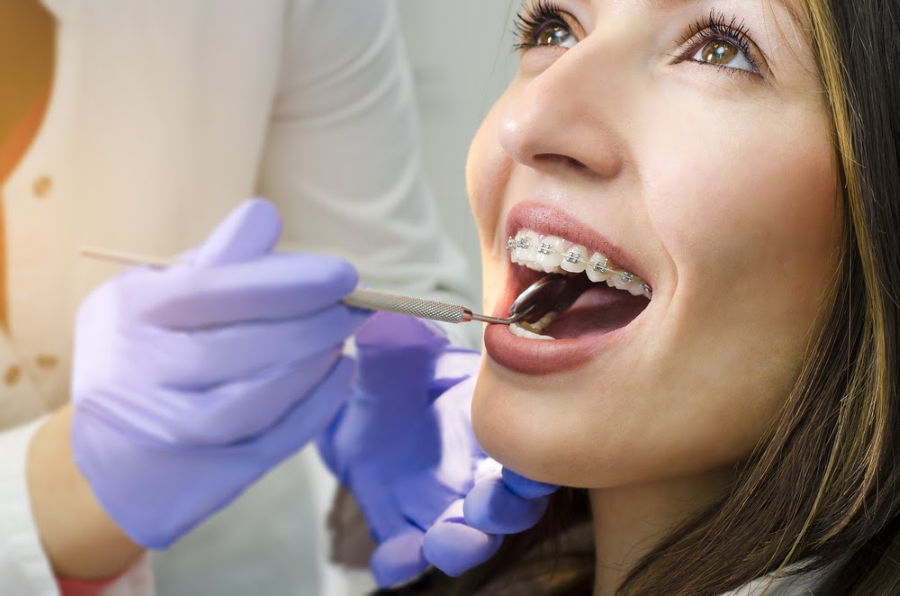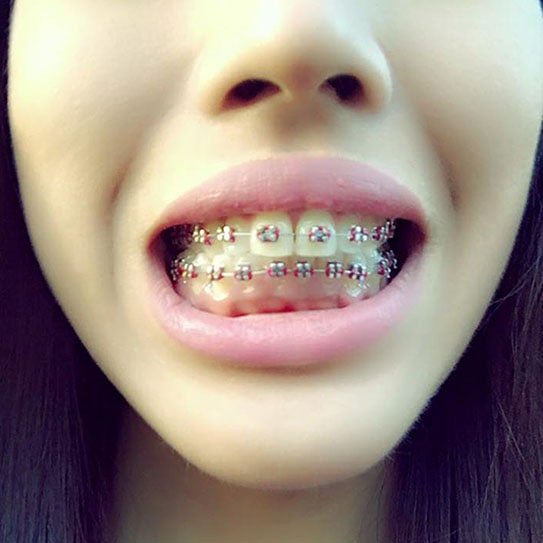The 6-Minute Rule for All Star Family Orthodontics
Not known Details About All Star Family Orthodontics
Table of ContentsThe Greatest Guide To All Star Family OrthodonticsSome Known Factual Statements About All Star Family Orthodontics Get This Report about All Star Family OrthodonticsGet This Report about All Star Family Orthodontics8 Simple Techniques For All Star Family Orthodontics

In addition, we supply adjustable treatment timetables, flexible settlement options and an enjoyable, enjoyable experience.
An orthodontist is a dentist educated to diagnose, protect against, and treat teeth and jaw abnormalities. Orthodontists work with individuals of all ages, from children to adults.
Malocclusion, or misaligned teeth, can lead to dental problems, consisting of tooth decay, gum tissue illness, and difficult or agonizing eating. However not everybody is born with straight teeth. If you have a negative bite or huge rooms between your teeth, you may wish to speak with a dental practitioner specializing in orthodontic treatment.
The 5-Second Trick For All Star Family Orthodontics
(Picture Credit: DigitalVision/Getty Images) Orthodontists make use of repaired and detachable oral tools, like braces, retainers, and bands, to alter the setting of teeth in your mouth. Orthodontic treatment is for dental problems, including: Uneven teethBite issues, like an overbite or an underbiteCrowded teeth or teeth that are also much apartJaw misalignmentThe goal of orthodontic treatment is to enhance your bite.
A healthy bite ensures you can consume, chew, and talk appropriately. While you may consider orthodontists as mainly for youngsters or young adults that need dental braces, they can fix oral issues at any type of age. Orthodontists attend university, dental institution, and orthodontic school. After graduation, they invest 2 or 3 years in an orthodontic residency program.
, but not all dental practitioners are orthodontists. They focus on two areas: How to properly and securely relocate teeth Just how to properly guide advancement in the teeth, jaw, and faceOnce an orthodontist has completed training, they have the option to come to be board certified.
A Biased View of All Star Family Orthodontics
Imbalance, or malocclusion, is one of the most typical factor people see an orthodontist. It is hereditary and is the outcome of size distinctions between the upper and reduced jaw or in between the jaw and teeth. Malocclusion brings about tooth overcrowding, an irregular jaw, or irregular bite patterns. Malocclusion is generally treated with: Your orthodontist attaches steel, ceramic, or plastic square bonds to your teeth.
If you have only small malocclusion, you might have the ability to make use of clear braces, called aligners, as opposed to standard braces. Some individuals require a Discover More headgear to help move teeth into line with stress from outside the mouth. After braces or aligners, you'll require to put on a retainer. A retainer is a customized tool that keeps your teeth in position.

You may require to see an orthodontist if you have: Crowding or otherwise enough area for all of your teethOverbite, when your top teeth come by your base teethUnderbite, when your bottom teeth are too much forwardSpacing or issues with gapsCrossbite, which is when your top teeth fit behind your base teeth when your mouth is closedOpen bite or a vertical space between your front base and upper teethMisplaced midline, when the facility of your bottom and top teeth do not line up Dealing with a dental malocclusion can: Make biting, eating, and speaking easierImprove the proportion of our face and your overall appearanceEase pain from temporomandibular joint conditionsDifferent your teeth and make them much easier to clean, aiding protect against dental caries or tooth cavities It's usually a dental practitioner who initially notices misaligned teeth during a regular test.
Getting My All Star Family Orthodontics To Work
During your initial orthodontic consultation, you'll likely have: An oral examPhotos taken of your face and smileDental X-raysPanoramic (360 level) X-rays of your face and headImpressions to create mold and mildews of your teethThese examinations will assist your orthodontist understand how to proceed with your treatment. An orthodontist is a dentist who's had training to treat your teeth and jaw.
Orthodontists might do surgical procedure, exams,X-rays, - old bridge nj orthodontistand more to assist you acquire a more comfy, much healthier smile. An orthodontist is concentrated on your bite, so something like a broken tooth would certainly be taken care of by a dental expert. Orthodontists are dental practitioners yet not all dental practitioners are orthodontists. Orthodontists are concentrated on your bite, or the means your teeth meshed, and the straightness of your teeth.

This first consultation includes a visual evaluation of your teeth and bite, X-rays, and potentially also 3D scans. By thoroughly reviewing these elements, the orthodontist can identify any imbalances, crowding, spacing concerns, or jaw inconsistencies. Once a clear picture is developed, the orthodontist will certainly review customized therapy options. This discussion will certainly cover the kind of dental braces or aligners recommended (standard steel braces, clear aligners like Invisalign, etc), the approximated therapy duration, and any type of prospective challenges or negative effects.
The 7-Minute Rule for All Star Family Orthodontics
While braces are one of the most frequently identified orthodontic treatment, orthodontists have a varied toolkit at their disposal. The particular technique selected depends upon the intensity of the case, the individual's age, and private preferences. These tried-and-true dental braces use a system of brackets adhered to the teeth and linked by cables.
These detachable trays are customized to considerably move the teeth's position. In situations of narrow jaws, palatal expanders can be made use of to develop area for appropriate tooth placement.